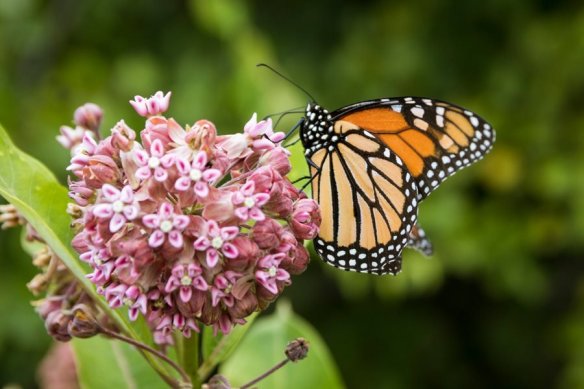Not all plants are born equal. Some go through their entire life cycle with nary a glance from passersby. Take, for instance, the plants that grow on bare ground and other hostile places with poor soil and few nutrients. To survive, these plants have developed special adaptations such as long tap roots and root nodes containing nitrogen-fixing bacteria. These plants grow, propagate, and die, and in the process enrich and stabilize the soil, paving the way for other, less hardy, plants to grow. These early soil colonizers are the ‘pioneer plants’ — otherwise disparagingly referred to as “weeds.”
Dandelions, the bane of the perfect lawn set, fall into this category, but they, too, have a job to do. Their profligate nature and the fact that they are one of the earliest wildflowers in spring make them an important early food source for honeybees and butterflies. Honeybees gather the pollen in special pockets and take it back to the hive to feed the colony; butterflies and bees alike drink the nectar for fuel.
Common milkweed is another pioneer plant that rarely receives its due praise. Found in fields, pastures, vacant lots, and along woodland borders, this native plays an important role as host plant of the larvae of the monarch butterfly (a declining species in Virginia), and is a highly sought-after nectar source for wasps, bees, butterflies, and beetles.
Unfortunately, many homeowners and gardeners spend a fortune eradicating these so-called weeds rather than trying to live with them or manage their numbers. We would be wise to remember that when we remove or destroy the fertile top layer of the soil, nature sends in her first line of defense – the weeds!


